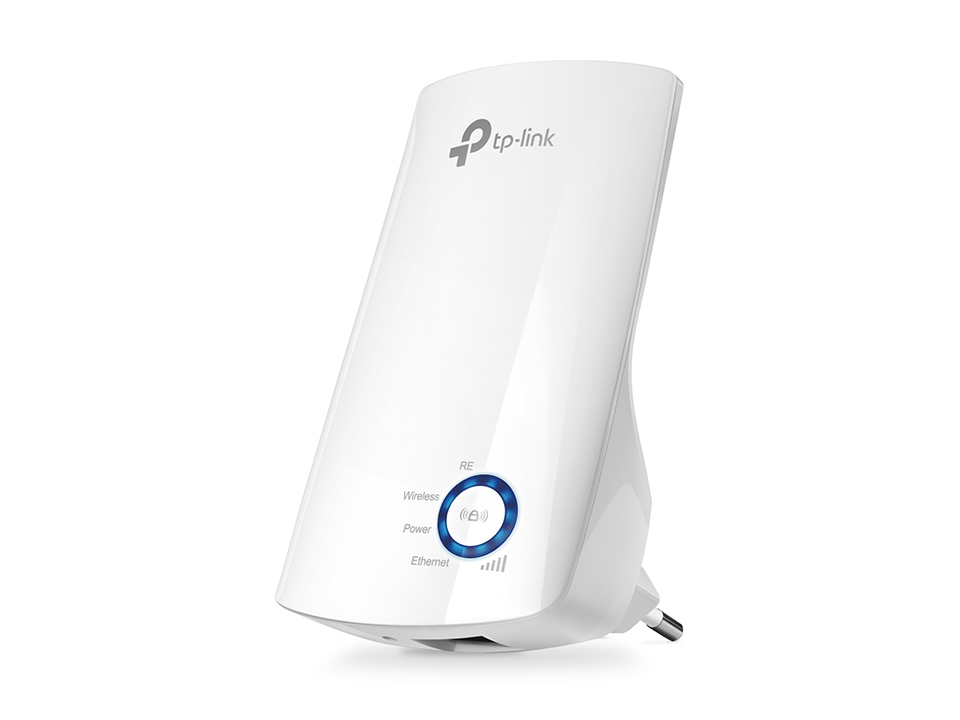Shifting Sands Examine Key Economic Signals Redefining International Relations .
Innovation Accelerates: Industry Shifts Following Recent Data Security news Developments
The digital landscape is in constant flux, with data security concerns increasingly dominating discussions across industries. Recent developments concerning data breaches and sophisticated cyberattacks have prompted a significant reassessment of security protocols and investment in preventative measures. This scrutiny stems from a growing awareness that robust data protection is no longer simply a best practice, but a fundamental requirement for maintaining trust and ensuring business continuity. Understanding these shifts is crucial for any organization navigating the modern technological environment, as even seemingly minor vulnerabilities can have cascading effects on reputation and financial stability. A critical piece of data security news has spurred this change.
The implications of these security challenges extend far beyond the immediate financial costs associated with data breaches. They involve legal ramifications, the erosion of consumer confidence, and the potential disruption of essential services. Therefore, staying informed about emerging threats and proactive strategies is essential. This article will delve into these challenges and explore the innovations spurred by the current security landscape, focusing on the shifts reshaping data protection practices across various sectors.
The Evolving Threat Landscape
The nature of cyber threats is becoming increasingly complex. Traditional security measures, such as firewalls and antivirus software, are no longer sufficient to counter the sophisticated tactics employed by malicious actors. We are witnessing a rise in advanced persistent threats (APTs), ransomware attacks, and supply chain compromises. These attacks are often characterized by their stealth, precision, and long-term objectives. The goal is seldom immediate financial gain, but rather the exfiltration of sensitive data for espionage, disruption, or blackmail purposes. The increasing reliance on cloud computing and interconnected devices has also expanded the attack surface, creating new vulnerabilities that attackers can exploit.
Moreover, the human element remains a significant weak link in many security systems. Phishing attacks, social engineering, and insider threats continue to pose a substantial risk. Employees who are unaware of these threats or lack adequate training can inadvertently compromise sensitive data. A strong security posture requires both technological safeguards and a robust security awareness program that educates employees about potential risks and best practices.
| Threat Type | Primary Impact | Mitigation Strategy |
|---|---|---|
| Ransomware | Data encryption and extortion | Regular backups, incident response plan, employee training |
| Phishing | Credential theft and malware installation | Employee training, multi-factor authentication, email security filters |
| Supply Chain Attack | Compromise of multiple organizations | Vendor risk management, security audits, segmentation |
| Advanced Persistent Threat (APT) | Long-term data exfiltration and espionage | Threat intelligence, intrusion detection systems, endpoint security |
The Rise of Zero Trust Security
In response to the evolving threat landscape, organizations are increasingly adopting a «Zero Trust» security model. This approach operates on the principle of “never trust, always verify,” meaning that no user or device is automatically trusted, regardless of whether they are inside or outside the network perimeter. Zero Trust requires continuous verification of identity, device posture, and application health before granting access to resources. The implementation of Zero Trust can be complex, involving the deployment of various technologies such as multi-factor authentication, micro-segmentation, and identity and access management (IAM) solutions. However, the benefits, including reduced risk and improved security posture, can be substantial.
Moving toward Zero Trust represents a fundamental shift in security thinking. Traditionally, security focused on creating a strong perimeter around the network. However, with the increasing mobility of users and the proliferation of cloud services, the perimeter has become increasingly porous. Zero Trust addresses this challenge by focusing on protecting individual resources, rather than relying on a single perimeter defense. This approach also allows for more granular control over access, enabling organizations to limit the blast radius of potential attacks.
The Importance of Threat Intelligence
Proactive threat intelligence is becoming increasingly critical for staying ahead of attackers. By gathering and analyzing information about emerging threats, organizations can identify vulnerabilities, anticipate attacks, and implement preventative measures. Threat intelligence can come from a variety of sources, including security vendors, government agencies, and open-source intelligence (OSINT) feeds. Effective threat intelligence programs require dedicated resources and expertise. The data gathered must be analyzed and correlated to provide actionable insights that can be used to improve security posture.
Furthermore, sharing threat intelligence with industry peers and government agencies is essential. Collaborative efforts can help to identify and mitigate threats more effectively, protecting the entire ecosystem. Threat intelligence platforms also enable organizations to automate threat detection and response, reducing the time it takes to identify and contain attacks. Utilizing these tools, companies can become more resilient against attacks.
- Proactive Monitoring: Continuous monitoring of network traffic and system logs to detect anomalous activity.
- Vulnerability Scanning: Regular scanning of systems and applications to identify vulnerabilities.
- Penetration Testing: Simulated attacks to assess the effectiveness of security controls.
- Incident Response Plan: A well-defined plan for responding to security incidents.
- Employee Training: Ongoing training for employees on security best practices.
Innovations in Data Security
The need for enhanced data security has spurred innovation in several key areas. Artificial intelligence (AI) and machine learning (ML) are being used to automate threat detection, analyze security logs, and identify patterns of malicious activity. Blockchain technology is being explored for its potential to secure data storage and transmission. Homomorphic encryption allows computation to be performed on encrypted data without decrypting it, protecting sensitive information from unauthorized access. These technologies represent a significant leap forward in data security capabilities.
However, it is important to note that these technologies are not silver bullets. Each has its own limitations and challenges. For example, AI/ML algorithms can be susceptible to bias and adversarial attacks. Blockchain technology can be energy-intensive and may not be suitable for all applications. And homomorphic encryption is computationally expensive and may not be practical for large datasets. A layered security approach, combining multiple technologies and best practices, is essential for achieving robust data protection.
| Technology | Application in Data Security | Limitations |
|---|---|---|
| Artificial Intelligence (AI) | Threat detection, anomaly detection, and automated response | Bias, adversarial attacks, data requirements |
| Machine Learning (ML) | Behavioral analytics, spam filtering, and fraud detection | False positives, training data quality |
| Blockchain | Secure data storage and transmission, identity management | Scalability, energy consumption, regulatory uncertainty |
| Homomorphic Encryption | Computation on encrypted data without decryption | Computational complexity, performance overhead |
The Role of Cloud Security
The cloud has become an integral part of the IT infrastructure for many organizations. However, securing data in the cloud presents unique challenges. Organizations must ensure that their cloud providers have robust security controls in place and that their data is properly protected. This includes managing access controls, encrypting data at rest and in transit, and monitoring for security breaches. Cloud security requires a shared responsibility model, where security is a collaborative effort between the organization and the cloud provider.
Furthermore, organizations need to ensure that their cloud configurations are secure. Misconfigured cloud services can create vulnerabilities that attackers can exploit. Tools such as cloud security posture management (CSPM) can help organizations identify and remediate these misconfigurations. Implementing strong access controls, enabling multi-factor authentication, and regularly auditing cloud configurations are all essential steps in securing data in the cloud.
- Data Encryption: Encrypting sensitive data both at rest and in transit.
- Access Control: Implementing strong access controls and the principle of least privilege.
- Network Segmentation: Segmenting the network to limit the blast radius of potential attacks.
- Security Monitoring: Continuously monitoring cloud environments for security threats.
- Incident Response: Having a well-defined incident response plan for cloud-based incidents.
The Future of Data Security
The future of data security will be shaped by several key trends. The increasing adoption of AI and ML will lead to more sophisticated threat detection and response capabilities. Quantum computing poses a potential threat to existing encryption algorithms, necessitating the development of quantum-resistant cryptography. The growing interconnectedness of devices will drive the need for more robust device security solutions. Maintaining privacy will also become increasingly important. Solutions to manage Personally Identifiable Information (PII) are becoming ever more important. Staying ahead of the curve will require continuous innovation and a commitment to ongoing security investment.
Ultimately, data security is not just a technical challenge; it’s a business imperative. Organizations that prioritize data security and invest in the right technologies and processes will be better positioned to protect their assets, maintain customer trust, and thrive in the digital age. Proactive and continuous measurement is imperative to staying protected and maintaining compliance.






